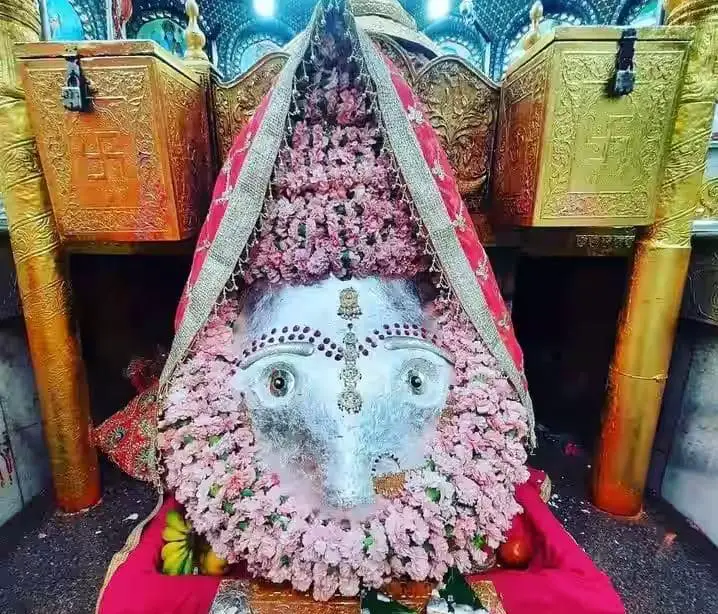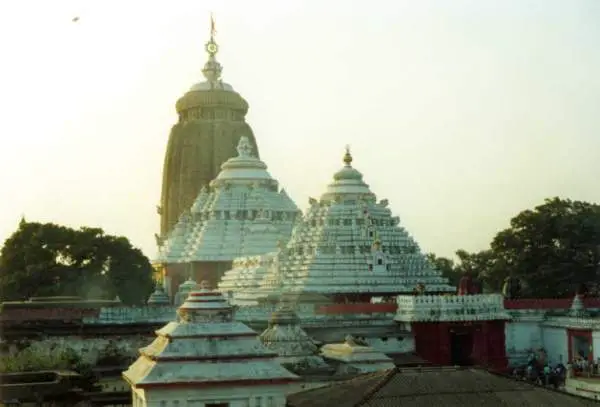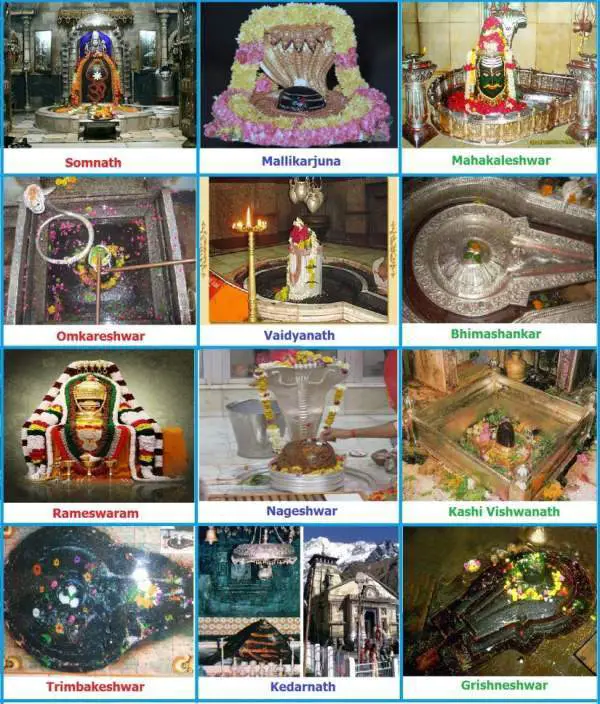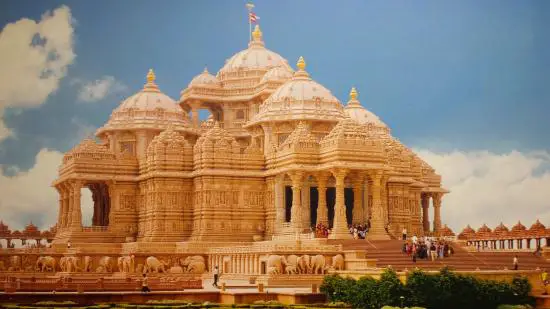Shri Kalka Ji Temple is a Goddess Kali Temple. It is an ancient Hindu Temple situated in southern Delhi. It is one of the oldest temples. It dates back to several centuries, the Mahabharata times. It is believed to be built in 1764 AD.
It is one of the most crowded Hindu Temples; devotees from all over the country come here to worship. The locality in which the Temple is situated is named after the Temple itself, i.e., Kalkaji.
This Temple is also known as Jayanti Peetha or Manokamna Siddha Peetha. It is said that all the wishes come true in the Temple. Maa Kali blesses her devotees and fulfills their desires. The Temple has a breathtaking architecture. It depicts the true art of those times.
Kalka Ji Temple also hosts several cultural events and festivals, attracting many people to its vibrant beauty. The Temple welcomes everyone with open arms. Kalkaji Temple is a place of worship and a symbol of faith, spirituality, and cultural heritage in Delhi, attracting visitors from all walks of life.

Table of Contents
Goddess Kali
Goddess Kali is one of the most fierce and powerful goddesses in Hinduism. Maa Kali embodies “Shakti,” or divine female power. She symbolizes both destruction and creation, depicting the paradoxical nature of existence. She has a dark figurine and thus is called Maa Kali. Maa Kali is the consort (spouse/wife) of Shiva. She is a form of Goddess Parvati.
Although she is fierce and powerful, she is the most compassionate Goddess. Maa Kali is not black or white; she may look like a dark individual, but her true self is the purest soul. She blesses her devotees and understands them like no other. She is a female energy that displays power and strength. She is known to fight evil.
The concept of Maa Kali is most beautifully depicted in Hinduism. She shows maternal affection towards her devotees and is called Maa or Mother.
History of Shri Kalka Ji Temple
Although there may not be clear information on who built the Kalka Ji Temple, the Pandavas from the Hindu epic Mahabharata visited the Temple to offer prayers after winning the battle against the Kauravas. The Pandavas visited five significantly important temples at the time, Kalkaji Temple being one of them. The Pandavas and Bhagwan Krishna worshiped Maa Kali even before the war to seek her blessing and be victorious.
If we go back in time, the scriptures mention that two demons used to trouble the Gods residing in the region of Kalkaji Temple. Troubled by the demons, the Gods went to Bhagwan Bramha. Brahma asked the Gods to visit Goddess Parvati (Kali) for help.
Kaushika Devi sprung out of her mouth and came to life. Kaushika Devi fought these two demons, but when she slaughtered them, their blood fell on the dry land, which gave birth to many other demons. On seeing this army of demons, Kaushika Devi knitted her eyebrows and gave birth to Maa Kali.
Goddess Kali killed all the demons alone and drank their blood as it poured out of their wounds. She emerged victorious over the demons, and all the deities thanked her and requested her to reside at the place where Kalka Ji Temple was located. Hence, the Temple is very significant in Hinduism.
Demolition of Kalkaji Temple
Aurangzeb ordered to demolish or destroy the Kalka Ji Temple in September 1667. Aurangzeb was an orthodox Muslim who was determined to destroy every sign of Hinduism in the country. Kalkaji Mandir was soon rebuilt after Aurangzeb’s death.
He destroyed thousands of Hindu Temples to hurt the religious sentiments of Hindus and built mosques in their place.
The structure of Kalkaji Mandir that we see today was built in the 18th Century. Several parts of the Temple have been constructed and renovated since then. Yet, some of the areas are untouched because they hold a certain importance.
Timings and Rituals at Kalkaji Mandir
Maa Kali is prayed and celebrated day and night in the Temple. She is the most powerful Goddess, and several rituals are performed here to impress Kali Mata. They are as follows:
At 5 a.m. in the morning and at 7 p.m. in the evening, Ganesh Vandana is performed. Ganesh Vandana means chanting prayers and mantras of Bhagwan Ganesh, which is said to bring happiness and good fortune.
From 5:30 a.m. to 6:30 a.m. in the morning and from 7:30 p.m. to 8:30 p.m. in the evening, Maa Kali is offered and bathed with milk, and then Shringaar is performed. Shringaar means dressing up the idol and decorating her with ornaments, flowers, tilak, etc. Hinduism has a certain significance of shringaar, also known as Solah Shringar (16 steps of Shringar).
From 6:30 a.m. to 7:00 a.m., morning arti is performed, and from 8:30 to 9:00 p.m., evening arti is performed. The evening Arti is also known as Tantrik Arti.
At 11:30 p.m., flower baskets are offered to Maa Kali. The flower basket is known as “Phola Sajja” in Sanskrit; hence, the name of this ritual is Sajja offerings. This is the final ritual, and after this, the mandir or Temple closes for the night and opens at 4 a.m. the next day.
Note: These timings may vary during summers and winters.
The Temple remains closed from 11:45 a.m. to 12:15 p.m. as it is the Bhog time. The bhog is served at 12 p.m. to Maa Kali. Bhog is essentially some food presented before God before eating as a sign of respect or offering.
The Temple is again closed from 3 p.m. to 4 p.m. for cleaning, repairs, etc.
Uncommon Facts about Maa Kali and Kalkaji Temple:
Maa Kali challenges the traditional expectations for women. Society believed that women should have fair skin, be reserved and submissive, and always obey their husbands. However, Maa Kali stood out because she has dark skin, unruly hair that flows freely, and an intense expression on her face. She didn’t conform to these stereotypes. In fact, she is depicted with Shiva beneath her feet, showing her readiness to overcome any obstacles in her path.
I believe that in the modern world, the concept of women empowerment and equality is slightly new, whereas Hinduism or Sanatan dharma has always seen men and Women at the same level in society. In fact, women are denoted as “Shakti” or power. While a man’s and woman’s roles and strengths may differ, Hinduism has always given the same level to both genders in society.
One of the unique facts about Kalka Ji Temple is that while most temples are closed during an eclipse because it’s believed to be inauspicious, Kalkaji is open to devotees. Idols are usually covered, and people aren’t allowed to enter temples during the eclipse, but Kalkaji Temple is exceptional.
While other temples are closed, Kalkaji temple receives even more visitors on these days. The Temple’s leader, Surendra Nath Avdhut, explained that there are twelve zodiac signs and nine planets, and they’re all inside Maa Kali’s shrine, living with her as her children. Hence, there’s no need to separate them, and that’s why the Temple remains open.
Architecture of Kalka Ji Temple
Kalkaji Temple is built with brick stonework and decorated with marble. The Temple is red and white in color and has beautiful and explicit carvings. It features a pyramid-shaped tower. Inside, the main chamber is floored with marble and connected to a wide verandah about 8 feet and 9 inches across. This verandah has approximately 36 arched openings and wraps around the central chamber on all sides.

Between the arches and on the opposite side of the eastern entrances, two sandstone statues of tigers are placed on top of a marble base. Additionally, an inscription carved into the marble railing is repeated.
Festivities
Many festivals are graciously celebrated at the Kalka Ji Temple. The nine days of Navratri are the highlight and worth visiting. After all, Hinduism is all about its vibrant festivals with a beautiful moral story behind it.
Mundan Ceremonies and Marriages also take place at the Kalka Ji Temple to seek the blessing and best wishes of the Goddess.
We hope you liked the article on “Kalkaji Mandir, New Delhi.” Don’t forget to share this post with your friends and family on social media.




